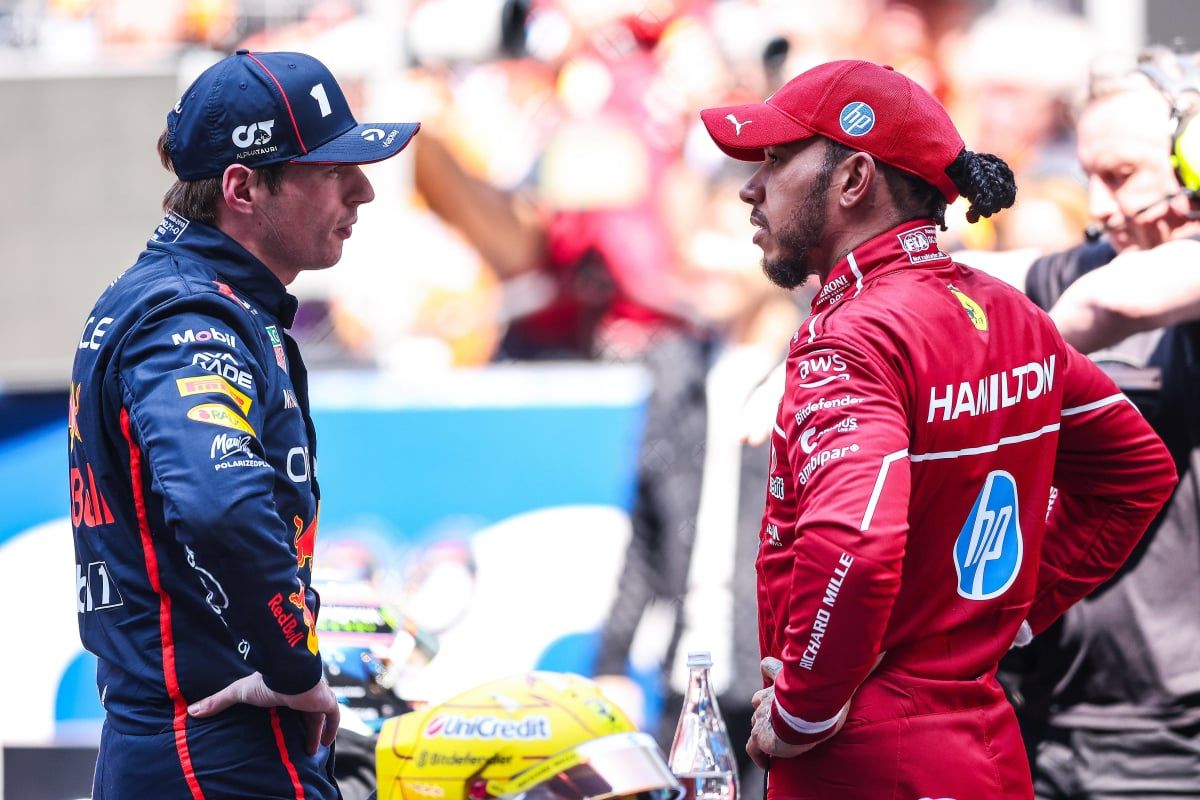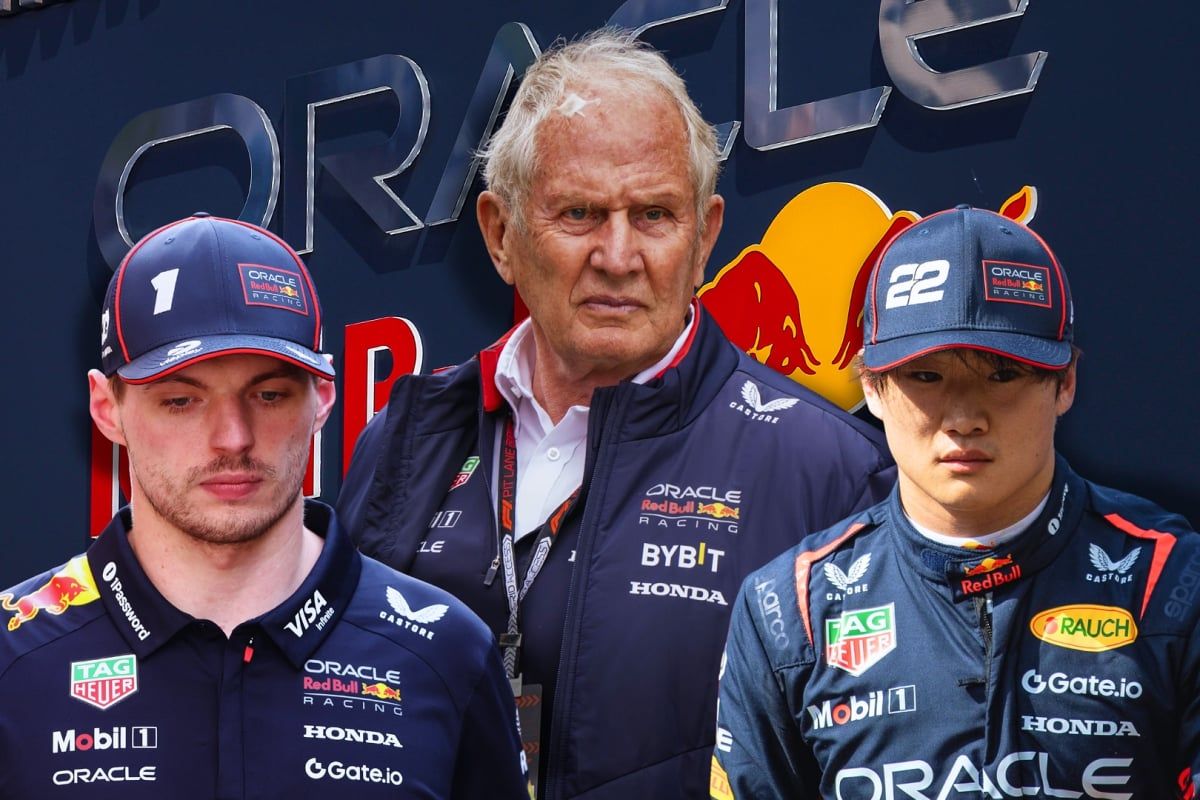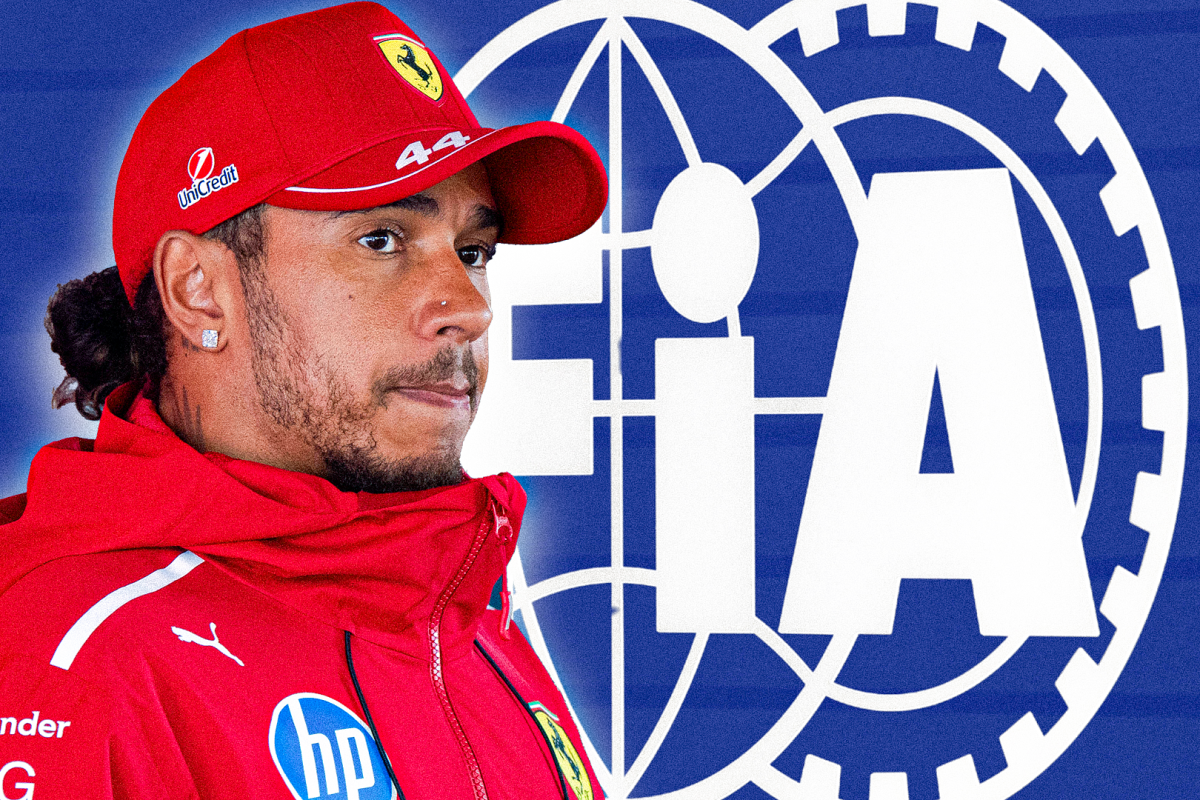Just in:F1 issue health update on Lewis Hamilton following D…read more
Lewis Hamilton, the seven-time Formula 1 world champion, recently experienced a distressing incident during the Canadian Grand Prix that has sparked emotional and physical concern. While navigating the Circuit Gilles Villeneuve in Montreal, Hamilton struck a groundhog on the track during the early stages of the race. This unexpected event not only caused damage to his Ferrari but also had a significant emotional impact on the driver, who is known for his strong advocacy for animal rights and vegan lifestyle.
The collision occurred around lap 13, with Hamilton later revealing that he had not seen the animal but heard the impact. He expressed deep sadness and regret over the incident, stating that he hoped the animal did not suffer. For Hamilton, who has consistently spoken out about protecting animals and has built much of his public persona around compassion and ethical living, the experience was particularly upsetting. He described the situation as “devastating” and struggled to contain his emotions while discussing it post-race.
From a technical perspective, the collision caused structural damage to the floor of Hamilton’s car. The right-hand side of the vehicle was significantly affected, resulting in a noticeable decrease in aerodynamic efficiency. This degradation in performance meant Hamilton lost roughly half a second per lap compared to his expected pace. Additionally, he encountered ongoing brake issues, which further compromised his ability to compete effectively. Despite entering the weekend with high hopes and a competitive car, these problems forced him to settle for a sixth-place finish—far below what he and the team had aimed for.
Ferrari team engineers confirmed that the damage from the groundhog incident disrupted airflow under the car, limiting downforce and reducing overall balance. They also mentioned that these types of floor damages are challenging to repair mid-race, leaving Hamilton at a disadvantage for the remainder of the Grand Prix. Team principal Fred Vasseur acknowledged the impact the incident had on both the car’s performance and Hamilton’s emotional state. He added that the team is already looking ahead to potential upgrades for upcoming races, including possible improvements at the Austrian Grand Prix.
Beyond the technical aspects, the emotional toll of the accident remains significant for Hamilton. He has long used his platform to promote animal welfare, and this unexpected event struck at the heart of his personal values. Though physically unharmed, Hamilton’s deep concern for the animal reflected his character and commitment to causes beyond racing. This incident, while rare, served as a reminder of the unpredictable nature of motorsport and the profound ways in which it can affect drivers both personally and professionally.




